Marketing and promotion can be more of a problem to a writer than any other facet of self-publishing. For one thing, we writers are people who sit alone in rooms. A lot. We’re introverts, more or less. For some of us, it’s extremely difficult to meet strangers, and when we’re invited to a party we stand in a corner or go talk to people we already know. Second, effective marketing and promotion takes planning, and it’s not easy to come up with a plan when you have no experience or education in marketing.
So these questions might help you get started in this area:
- How much do I enjoy meeting strangers?
- How do I plan a marketing campaign?
- How much time do I have for marketing?
- How much time do I have to promote the book? Am I planning to write another book?
These days, we have such a wealth of opportunity for promoting our work that it’s mind-boggling, especially when it comes to the Internet. To start with, ask yourself:
- How do I promote my book on the Internet?
- What is social networking? How can it help me to promote my book? What are the pitfalls?
- How technically savvy am I?
- Do I know how to build a Web site?
- Do I know what is a reasonable cost for the Web site I have in mind?
In many areas, promoting to the media in addition to marketing on the Internet is a good idea. After God’s Thunderbolt: The Vigilantes of Montana won the 2009 Spur Award for Best First Novel, the local newspaper, The Daily Inter Lake, ran a profile that took up nearly a full page. This newspaper has a circulation area of nearly 200 square miles, with perhaps 250,000 residents. TV, newspapers, and radio are often looking for items to fill space and air time, but you have to have something of immediate interest to their readership, viewers, or listeners. If you can’t provide a connection to a current concern or issue, they might invite you to call the advertising department.
- How much would it cost to advertise my book?
To interest the media, ask yourself:
- Can I state the story or main idea of my book in one sentence?
- Can I write a press release?
- What benefit does my book have for the reader?
- Why should the media bother with my book?
If you have significant gaps in your knowledge in any or all of these areas, estimate the time it will take to educate yourself. Then, ask yourself:
- How much time should I spend daily in marketing and promotion?
- What are the free avenues open to me for marketing and promotion?
Perhaps if you don’t like the answers to these questions and others, you might want to ask yourself:
- What would it cost to have someone else build my Web site?
- What would it cost to hire a book marketing and promotions expert?
Then add the costs of promotion and marketing into all the other costs associated with self-publishing your book
Inventory and Distribution
Your choices about distribution will determine how you manage your inventory and will have a direct effect on the profitability of your book. The questions to guide you in this phase of the publishing process are:
- What are the costs for storing a quantity of books?
- How will this book be distributed?
- What are the shipping costs?
As I suggested above, the costs for a large quantity of books can include storage with proper climate control to prevent damaging the paper. So before you decide to store 1,000 books or any other large quantity, look for the right storage facility and factor its costs into the per-book cost along with printing and binding.
I prefer POD because I order only the number of books that I can sell in a relatively short period of time, usually in a month or six weeks. My sales avenues are to booksellers and through appearances, besides the occasional person who wants to buy directly from me. (I don’t sell many that way because I want to maintain good relationships with booksellers rather than competing with them.)
Another advantage to POD is the lack of inventory anywhere. As I understand it, with Print on Demand, the book does not exist on Amazon until someone orders it. Then the computers transmit the order to BookSurge who prints the book and sends it to the customer. I ordered a book to send to a reviewer on a Monday, and the reviewer reported that she had it on Wednesday. For books Amazon has a program called Fulfillment by Amazon. For more information, go to: http://www.amazonservices.com/content/fulfillment-by-amazon.htm. Like any distributor, Amazon has fees that they charge for distributing your book. Other distributors’ Web sites will give similar information, so that you can choose the alternative that best suits your circumstances.
I chose BookSurge, a wholly owned subsidiary of Amazon because I wanted the book to sell on Amazon, and because my now account rep, Whitney Parks, was (and is) excellent about answering my questions. I wanted a human being to help me, not an electronic system of pre-packaged responses.
If you intend to sell primarily to brick-and-mortar stores, you might consider a number of good distributors in addition to Amazon. The biggest is Ingram, which will accept no self-published book that is not printed by its subsidiary, Lightning Source, Inc. (LSI). If you want to sell to the library market, be aware that many libraries order books only through Baker & Taylor’s library program. B&T accepts books from BookSurge, but the details of its arrangement with all printers and publishers are closely held business secrets.
A combination of distribution methods often works well for self-publishers. One such combination might use CreateSpace or BookSurge for online distribution through Amazon and others, combined with LSI for distribution through Ingram. Another self-publisher has told me he uses a combination that includes Pathways, Inc., and the Seattle-based firm Partners West is well spoken of by booksellers in the Western US.
By now you’re aware of how decisions about inventory might affect your choice of printing methods. Do you want to store 1,000 books in your garage? Or would you prefer them to be printed as they are ordered, i.e., printed on demand (POD)?
If you have the money for the initial investment in books and to pay for humidity control, heating, and all the other costs associated with storing paper for a lengthy period, and if you’d prefer to handle fulfillment yourself, by all means buy the books up front, store them, and fulfill the orders as they come in. You will benefit by having access to distributors such as Partners West.
If you order a quantity of books to sell and store yourself, you may well find yourself with a second career as a book distributor. This can lead to unexpected costs. Some booksellers will buy books only on consignment. That means you will wait to collect your money until the books are all sold, sometimes months later. (In addition to not getting paid in a timely manner, in these volatile economic times, you might want to factor in the cost of the money you’ve laid out to consignment buyers.) Other booksellers will pay for the books up front. In either case, you will have to pay the shipping and handling costs as well as storage. I now apply S&H charges to the cost of each book, in addition to the 60% I already charge.
The Bottom Line
Armed with the answers to the questions above, you may now have enough information to figure out your potential profit as a self-publisher.
- How many books will you have to sell to break even?
- How long do you think it will take to arrive at that point?
If you figure you can break even and recoup your initial investment at 100 books, how long will it take you to sell that 100 books? That is a question no one can answer in advance, but I wish you the very best success.
Ultimately, only you can define the success of successful self-publishing. Whether your goals are to hold your very own book in your hands, or to make some money, or a combination of these, fulfilling your purpose is the ultimate measurement of successful self-publishing.
Get an Editorial Review | Get Amazon Sales & Reviews | Get Edited | Get Beta Readers | Enter the SPR Book Awards | Other Marketing Services







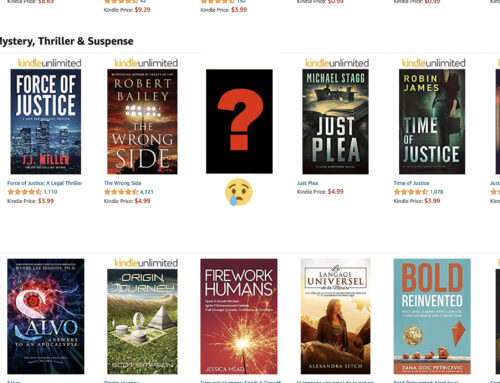

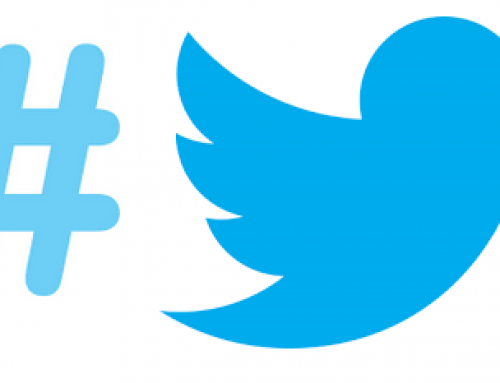

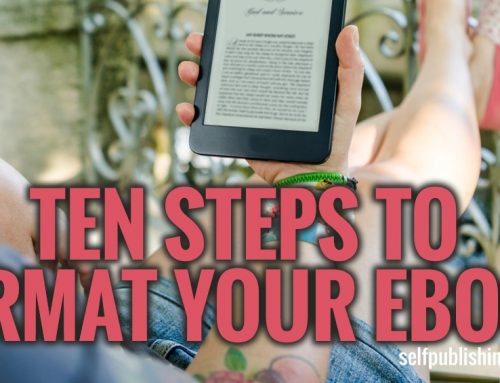

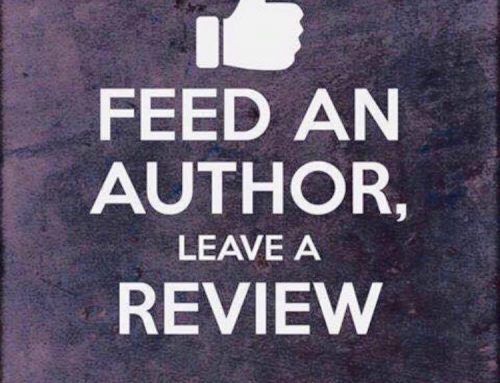


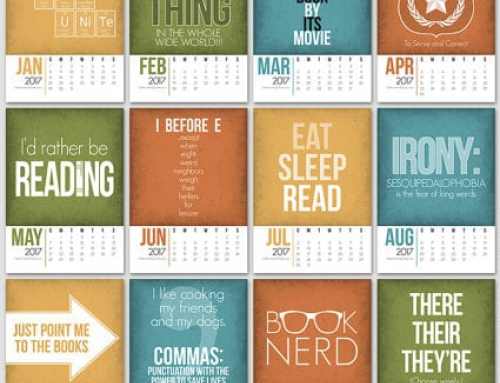

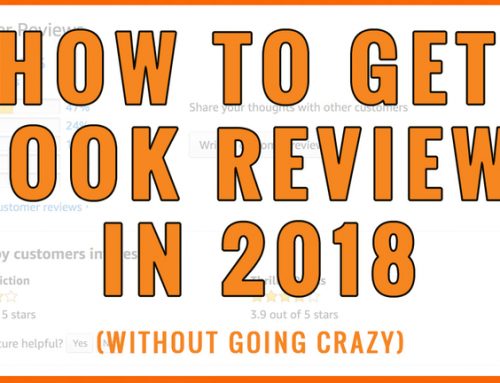
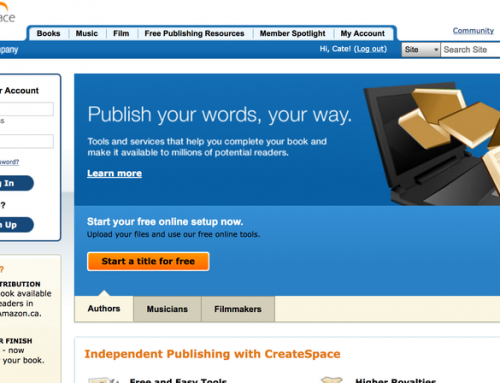
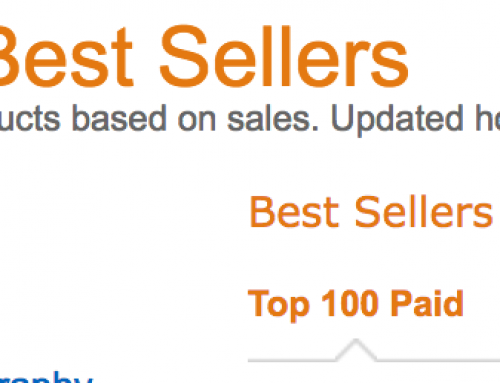

I couldn’t agree more. A lot of authors go into the self-publishing with big dreams and starry eyes but not much of a marketing plan. You have to get out there unless you just plan to sell books to family and close friends.
I’ve had great success (and fun) with book festivals and in-stores, as well as giving talks on POD publishing. Nothing near early-retirement success, but to me every new reader is a success.
RT
For most writers, a marketing plan or business plan for self-publishing is a void. They don’t know where to start. Being co-owner of a small business already, I had a leg up on business planning, complete with a friendly expert to ask questions of, and learned the rest as I went along. I realized that asking the right questions could help get a writer started on the business side if he or she didn’t have any background in business. These aren’t the only questions, and I’m sure more will occur as I go along, but they should hopefully get someone started.
Thank you for your comment, Richard. I appreciate the feedback.
Carol
You said: >>As I understand it, with Print on Demand, the book does not exist on Amazon until someone orders it.<<
I may be misunderstanding what you mean by “does not exist on Amazon,” but the book can’t be ordered on Amazon unless it is listed on Amazon. Amazon gets its information from publishers, printers and distributors, including its captive POD-er CreateSpace.
Most POD titles bought on Amazon.com are printed and shipped by Lightning Source, which is part of Ingram, the biggest book distributor in the US.
Michael N. Marcus
http://BookMakingBlog.blogspot.com
Sorry for the misunderstanding. Of course, POD books are listed on Amazon, but when they come from Amazon’s wholly-owned subsidiaries, they do not physically exist as books on paper in a warehouse until they are ordered. They exists as electronic files on computers. When a customer orders the book, the order is transmitted to the printer’s computer and the book is produced as a physical book and shipped to the customer. That’s why there’s no warehousing, nor any outlay for storing paper books. My book, by the way, comes from BookSurge, which, like CreateSpace, is a wholly-owned subsidiary of Amazon, as Lightning Source, Inc., is for Ingram.
Thank you for clarifying Ingram’s relationship with Amazon.
Typo! Typo! I mistakenly typed “They exists” in the previous message. It should have been “they exist.” Aargh!
Great post. Of course a marketing plan is crucial, and the sooner a writer starts the better, ideally months before a book comes out. A blog, a web site, planning events are all ways for writers to promote themselves and their books. It’s true, especially given the current economic climate, that people are hesitant to part with their dollars. But as the old adage goes, and old adages exist for a reason, you have to spend money to make money. The bottom line is this: maybe you wrote the book of the year, the decade, the century. Now everyone else needs to know it.
Thank you for your contribution to the discussion. I’m glad you brought up the idea of spending money to make money. It’s a wise business adage, but some business novices forget that there has to be a return on the investment (ROI). I know of writers, both traditionally published and self-published, who have launched out on expensive marketing campaigns without considering that the purpose of the campaign is to make a profit from the book.
For example, for me the jury is out on whether or not to travel with God’s Thunderbolt: The Vigilantes of Montana, even though it won the Spur for the best first novel. The cost of gas, food, and lodging must be weighed against the ROI from a trip. Montana is a big, empty state with hundreds of sparsely inhabited miles between settlements. Recently, I’ve spoken with a writer who was about to take her book on a three-week trip around the state. I’m hoping she does extremely well with it.
I hope so, too. If you do travel with your book, best of luck.
Thanks Carol. I’ve just finished reading these articles and they’re really helpful, though the whole prospect remains very daunting. Wish I could just enjoy the writing, but I do want to be read, so I’ll continue to study and learn from people like you.
You’re welcome, Sheila! When self-publishing, just take it a little at a time and don’t be in a hurry. Think of it as a marathon rather than a sprint. If your consultant at BookSurge is anything like mine, he’ll be happy to answer questions.
Good luck, and keep in touch. I’ll help however I can.